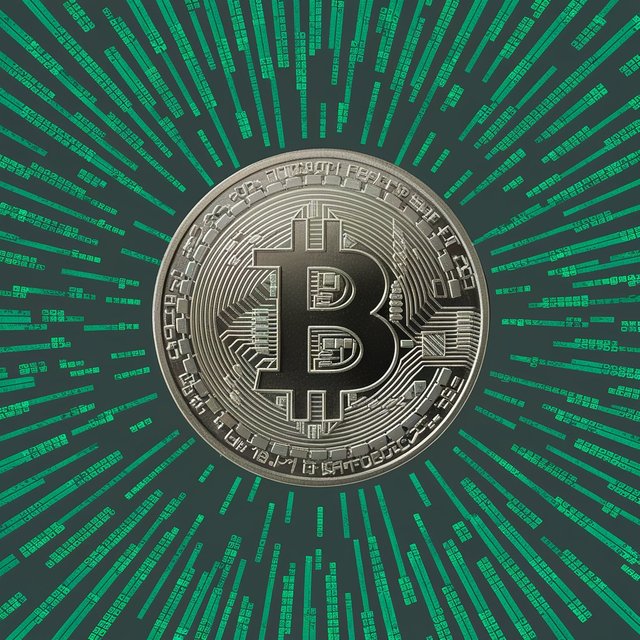The world of cryptocurrency can be exhilarating, offering a glimpse into a future of decentralised finance. However, this exciting new frontier also comes with a fair share of volatility. Bitcoin's price swings are legendary, and while some find this thrilling, it can make using crypto for everyday transactions a bit of a gamble. This is where stablecoins enter the picture, playing a vital role in the cryptocurrency ecosystem by offering a much-needed dose of stability.
The Role of Stablecoins in the Cryptocurrency Ecosystem: A Reliable Medium of Exchange
Imagine trying to buy a cup of coffee with Bitcoin – you might end up paying a king's ransom one day and pennies the next. This inherent price fluctuation makes many cryptocurrencies impractical for everyday purchases. Stablecoins bridge this gap by offering a reliable medium of exchange. They are digital assets pegged to a stable external reference point, such as the US dollar, the Euro, or even gold. This means their value remains relatively constant, allowing you to use them for transactions without worrying about wild price swings.
Increased Liquidity: Fueling the Growth of Crypto
Stablecoins act as a safe haven within the cryptocurrency ecosystem. When the market gets jittery and investors pull out of volatile assets, they often turn to stablecoins. This creates a pool of readily available capital, increasing liquidity within the crypto space. This liquidity boost is crucial for the growth and adoption of cryptocurrencies, as it allows for smoother transactions and fosters a more stable market environment.
A Gateway to DeFi: Borrowing, Lending, and Earning Interest
Decentralized Finance (DeFi) is another exciting frontier within the crypto world. DeFi platforms offer a range of financial services, such as borrowing, lending, and earning interest, without the need for traditional intermediaries like banks. Stablecoins play a central role in DeFi by providing a reliable unit of account. This allows users to borrow and lend stablecoins, similar to how traditional fiat currencies function. Additionally, some DeFi platforms offer attractive interest rates on stablecoin deposits, creating new avenues for crypto users to earn passive income.
Beyond Transactions: A Bridge Between Crypto and Traditional Finance
The role of stablecoins in the cryptocurrency ecosystem extends beyond facilitating transactions and DeFi applications. They act as a bridge between the crypto world and traditional finance. Investors who are curious about crypto but wary of the volatility can use stablecoins as a stepping stone. They can invest in stablecoins and gain exposure to the crypto market without the dramatic price swings. This can potentially lead to increased mainstream adoption of cryptocurrencies in the long run.
The Different Flavours of Stability: Understanding Stablecoin Mechanisms
Not all stablecoins are created equal. There are three main mechanisms used to maintain their peg to a stable asset:
Fiat-Collateralized Stablecoins: These are backed by reserves of fiat currency held in a bank account or trust. For every unit of stablecoin issued, there's an equivalent amount of fiat currency held as collateral. Examples include Tether (USDT) and USD Coin (USDC).
Crypto-Collateralized Stablecoins: These are backed by other cryptocurrencies, typically held in smart contracts. The value of the collateralized crypto needs to exceed the value of stablecoins issued to create a buffer zone. Dai (DAI) is a popular example.
Algorithmic Stablecoins: These rely on smart contracts and algorithms to manage the supply of stablecoins. The algorithm automatically adjusts the supply to maintain the peg, but this approach can be complex and carries some inherent risks.
The Future of Stablecoins: Fostering Innovation and Addressing Challenges
Stablecoins are a relatively new invention, and their future is still unfolding. As regulations evolve and the technology matures, we can expect to see even wider adoption and innovative use cases emerge. However, there are also challenges to address. Regulatory uncertainty and the potential for technical glitches in maintaining the peg are some key concerns. Open and transparent communication between developers, regulators, and users will be crucial in ensuring the long-term success and stability of stablecoins.
The role of stablecoins in the cryptocurrency ecosystem is undeniable. They offer a much-needed dose of stability, fostering growth, liquidity, and innovation. As the crypto world continues to evolve, stablecoins are poised to play a key role in bridging the gap between traditional finance and the exciting new possibilities of a decentralized future.
